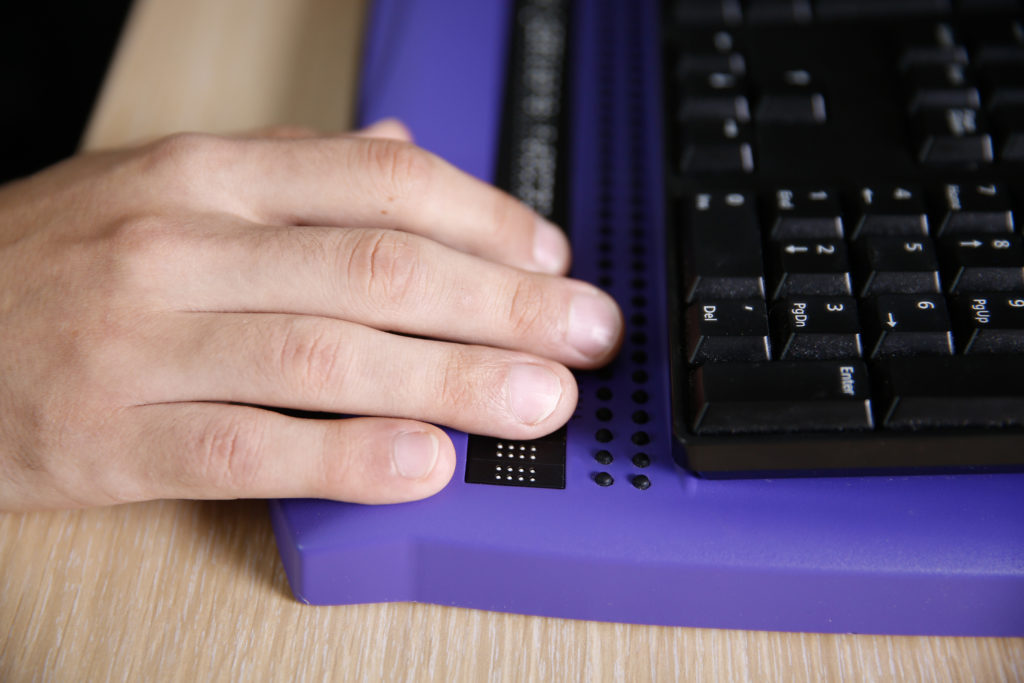
Léonie Watson, founder/director of web accessibility consultancy Tetralogical, consulted for Delib on our new product, Citizen Space Geospatial. Specifically, on the quandary that is how to make an interactive map usable by people with disabilities and accessibility requirements. Read the interview I did with her about that specific challenge.
But accessibility doesn’t stop when the product has been built. It’s only part of the equation. Léonie has been working within the web accessibility ecosystem since the late nineties and had some words of wisdom about how important it is to create accessible content, not just an accessible platform.
Delib’s tools are all compliant with current web accessibility guidelines (WCAG 2.1). We’re passionate about accessibility (read more on accessibility at Delib) and we do it properly. Which is all very well, but what’s stopping an organisation from populating a consultation with loads of flashing imagery and language that nobody can understand?
Technically, nothing. There are accessibility constraints built in to Citizen Space, for example there’s no option to change the text size or colour. But as with all SaaS products, the baton of responsibility eventually has to be passed on to the site owner. We build accessibility into the core of our products, but our customers are responsible for making sure their end users can access the content itself.
If you talk to people over 40, chances are they’re using pinch-to-zoom on their phone because their eyesight isn’t as sharp as it was. It’s less ‘accessibility’ and more ‘stuff that happens to everybody.’
— Léonie Watson
We’re lucky in that many of our customers are completely on board; one organisation publishes all consultations and surveys in both BSL and easy-read formats; while another put a consultation on tablets in kiosk mode and took them out to hard-to-reach groups. I asked Léonie about the importance of getting the content right.
“It just affects everybody. I know that’s something of a cliché when it comes to talking about accessibility but it really does – if the text is too small it’s not just people who are partially sighted that are affected. If you talk to anyone over the age of about 40, there’s a damn good chance that they’re using pinch-to-zoom on their phone because they haven’t quite got to the point where they’re figured out they need glasses. When you look at it that way you can think of it less as an accessibility thing and more that it’s just stuff that happens to everybody. And so, very simply, you can put a lot of time and effort into creating amazing content but if you don’t get the accessibility right, half the people who are trying to consume the content just won’t be able to.
“It’s the same with colour contrast and the language you use. Your complicated language might all sound very elegant but if it gets in the way of people understanding your message then you might as well not bother putting the content up there in the first place because you’re just undermining the whole point of it.”
(That’s definitely a lesson for me.)
Delib has a good deal of guidance on creating accessible content and consultations. Here are some of our top suggestions for accessible content:
- Write in plain language
- Avoid PDFs where possible, as they tend not to be accessible to people using assistive software like screen readers
- Include as much information within the web page as you can, to save readers from having to open a new tab or read a long document before continuing (this is difficult on phones or tablets, which tend to be used by older people who may have poorer eyesight)
- Check your colour contrast levels with a free tool like this one
This article from Delib’s knowledge base is an excellent, in-depth guide on creating accessible consultations and content.
To find out more about Citizen Space Geospatial, book a demo and we’ll walk you through it.